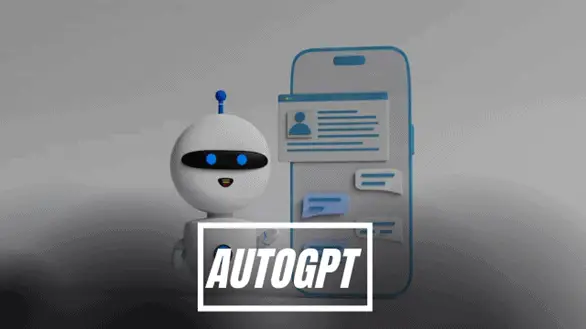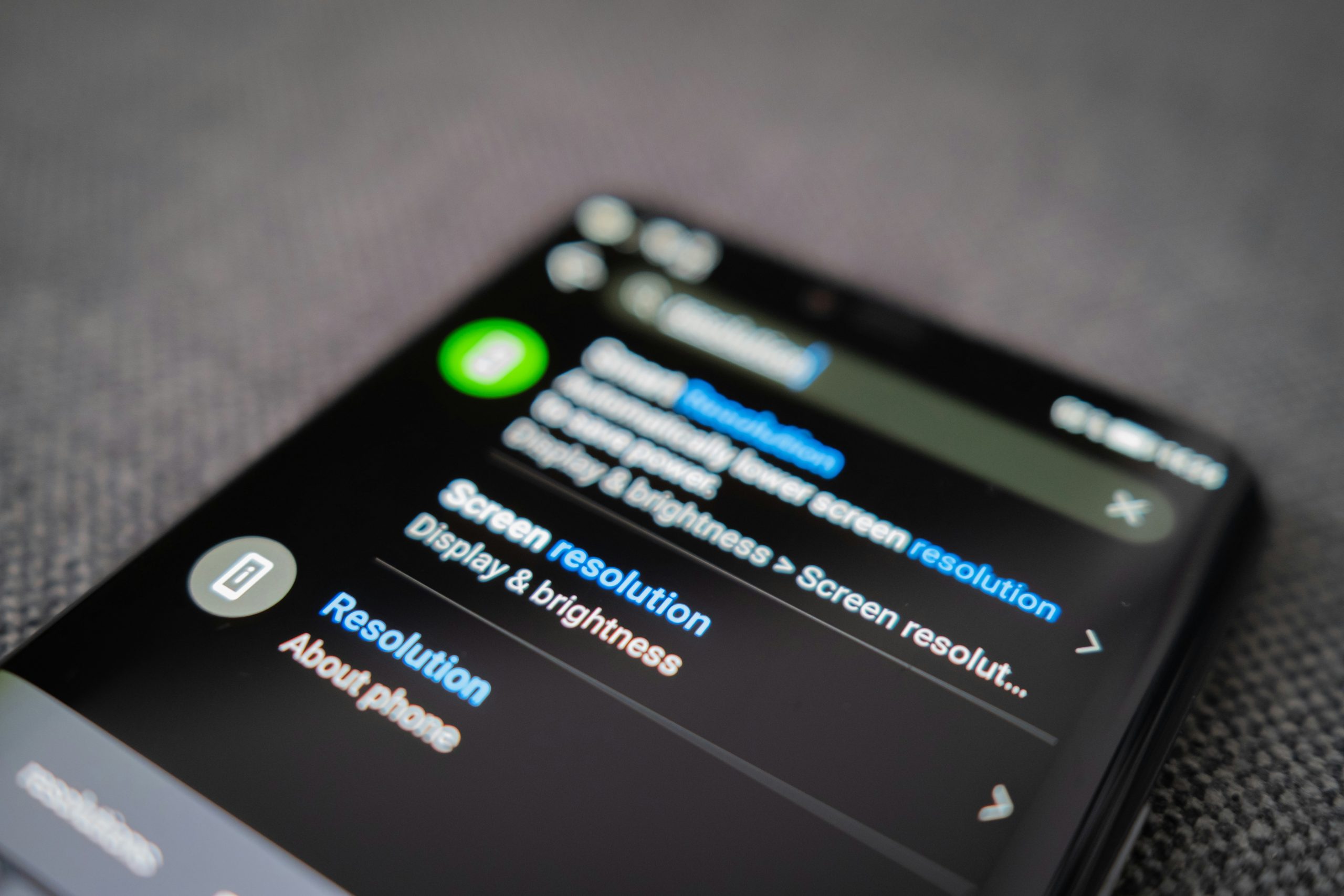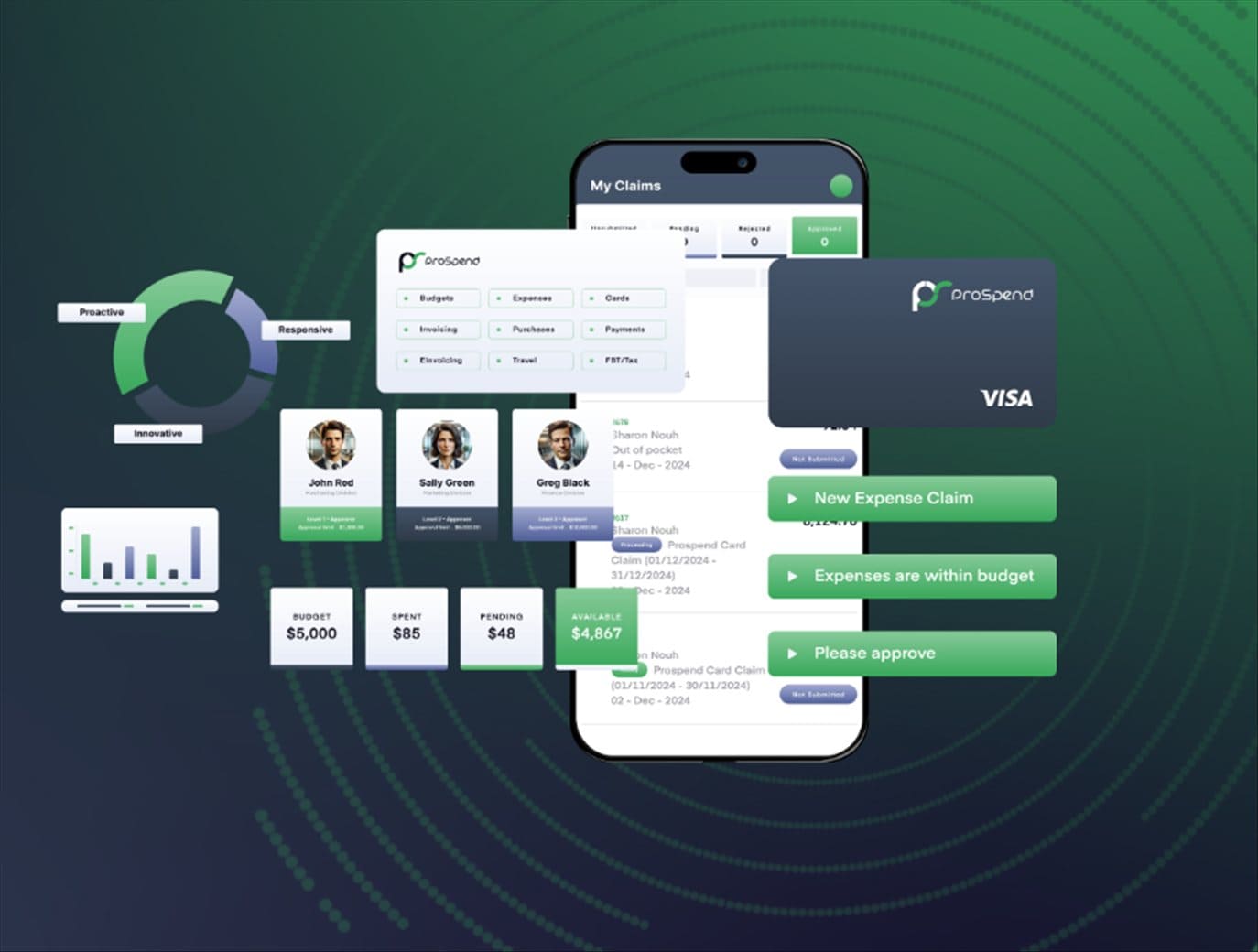Note: This is a guest post written by Jeeva Shanmugam – Welcome to an insightful article that aims to explore the cutting-edge technology of Auto-GPT and address the question that many have been wondering: Is ChatGPT dying? With the rapid advancements in artificial intelligence, it’s crucial to stay informed about the latest trends and tools that shape the field.
In this article, we’ll delve into the mechanics of Auto-GPT, a new technique that automates the process of training large language models, and examine its potential to revolutionize the field of NLP.
Additionally, we’ll address the concerns surrounding the obsolescence of ChatGPT, one of the most well-known language models. By the end of this article, you’ll have a clear understanding of the advancements in the field of AI and what they mean for the future of language modeling.

What is Auto-GPT?
Automated Generative Pre-Training Transformer, often known as Auto-GPT, is a cutting-edge artificial intelligence (AI) innovation that has captivated the world. It is based on the Generative Pre-Training Transformer (GPT) model, a cutting-edge deep learning model for tasks involving natural language processing. In addition, the GPT model called Auto-GPT is intended to make it simpler for programmers to create AI models for diverse natural language tasks.
Simply said, Auto-GPT is a machine-learning model that trains itself and produces human-like replies to a variety of natural language tasks using a vast quantity of data. It is especially helpful for jobs like text generation, question-answering, and language translation. Developers may create bespoke models for certain jobs without having to start from zero thanks to Auto GPT. As a result, businesses can concentrate on developing more sophisticated apps while saving time and effort.
Features of Auto-GPT?
The capacity of Auto GPT to learn from unstructured data is one of its most outstanding characteristics. Auto GPT can analyze unstructured input such as text, audio, and video, in contrast to conventional machine learning algorithms that need structured data. Because of this, it is especially beneficial for applications like sentiment analysis and speech recognition.
Auto GPT also has the ability to produce replies that are semantically relevant in addition to being grammatically accurate. This indicates that the replies it provides are both correct and appropriate for the given situation. This is especially crucial for chatbot applications since the interaction’s success depends on the context.
The Transformer architecture, a deep learning model that employs attention methods to focus on pertinent portions of the input data, serves as the foundation for Auto GPT. This makes it feasible to efficiently handle vast volumes of data and produce precise real-time replies. Natural language processing has undergone a revolution because of the Transformer design, which is being utilized in many different applications.
The fact that Auto GPT is very scalable is one of its main advantages. As a result, it may be used to create models for a variety of applications, ranging from little chatbots to substantial language translation systems. Additionally, it is quite adaptable, allowing developers to modify it to meet their own requirements.
Auto-GPT vs ChatGPT
Based on the GPT architecture, Auto-GPT, and ChatGPT both produce text that resembles human speech. There are, however, some significant distinctions between the two.
Auto-GPT employs GPT technology to produce material including blog posts, articles, and product descriptions. Businesses and marketers may create enormous volumes of material rapidly and effectively by using Auto-GPT.
Contrarily, ChatGPT is created for conversational reasons. ChatGPT is generally used for customer service, chatbots, and other applications where human-like dialogue is required since it can converse with people in natural language.
Although Auto-GPT and ChatGPT both make use of the same technology, their objectives and uses are very different. ChatGPT is built for human-like communication, whereas Auto-GPT is geared towards content development.
Is ChatGPT Dying?
Even while Auto-GPT is a more recent language model that aims to be more effective and adaptive than earlier models, notably GPT-4, this does not imply that it will completely replace ChatGPT or any other AI language model. Each model has its own advantages, disadvantages, and intended applications, and one model may be preferable to another depending on the job or application.
Additionally, via continual training and upgrades, ChatGPT continues to learn and expand its understanding as an AI language model. This implies that, like other AI language models, ChatGPT will get developed over time. In the end, new AI technologies like Auto-GPT are an exciting and beneficial development for the field of AI and will aid in the future growth and improvement of language model capabilities.
Wrapping it All
In conclusion, the advancement of Auto-GPT in the area of natural language processing looks promising. Numerous potential uses exist for its capacity to produce high-quality text with little assistance from humans, including chatbot development and content generation.
But this does not imply that ChatGPT is going away. A completely automated model like Auto-GPT cannot match ChatGPT’s ability to produce empathic and original replies since it still has a person in the loop. In fact, ChatGPT may provide a personal touch while Auto-GPT streamlines the content development process, making the two models complementary. Both models’ ability to change and develop will ultimately determine if they are successful in meeting evolving user and company demands.






